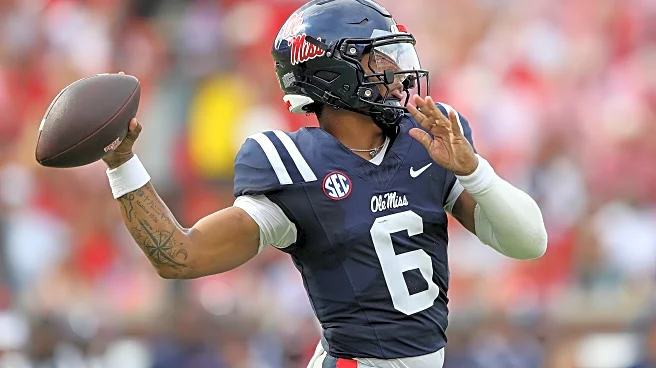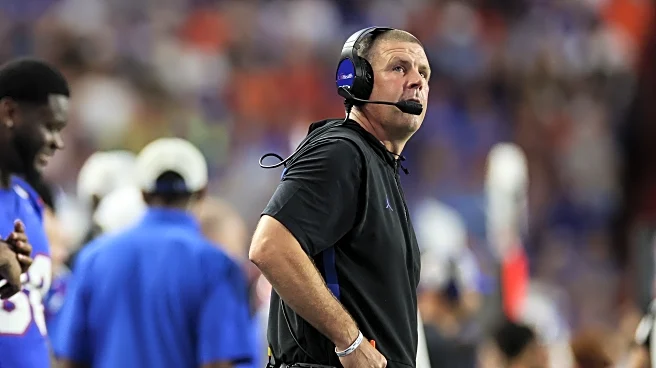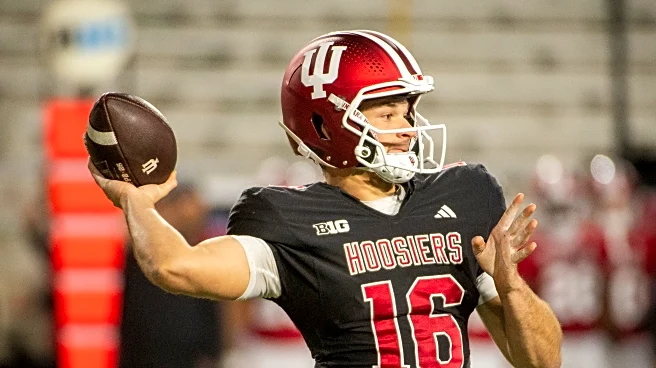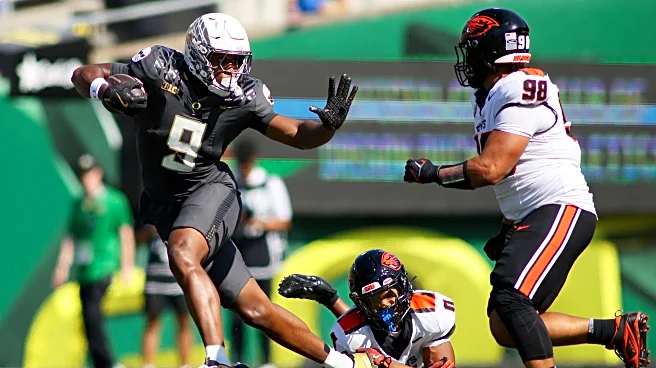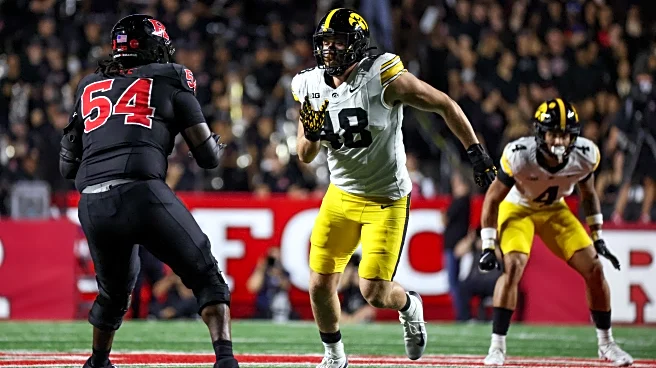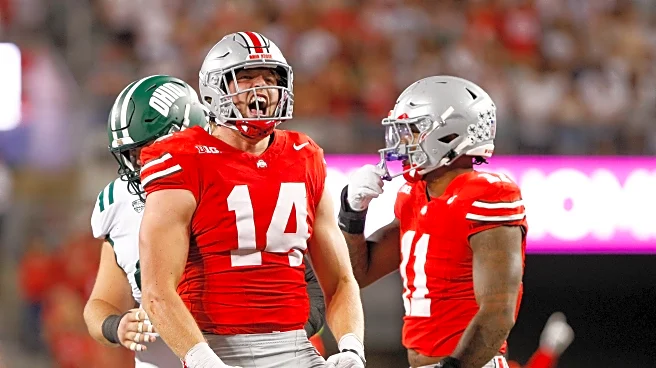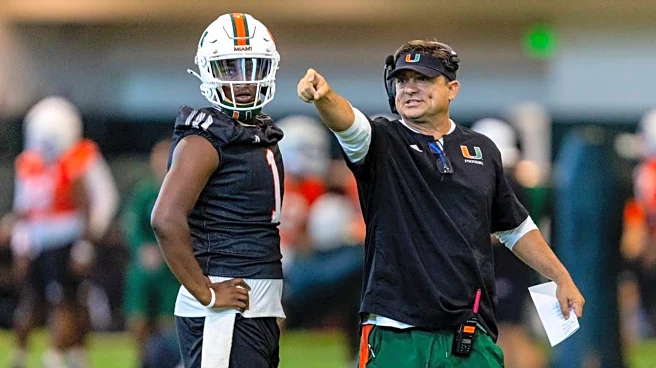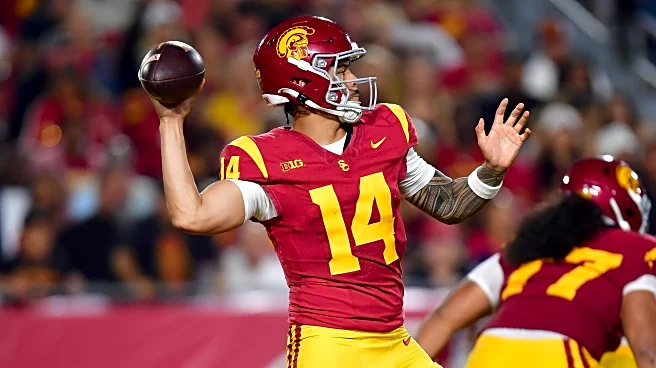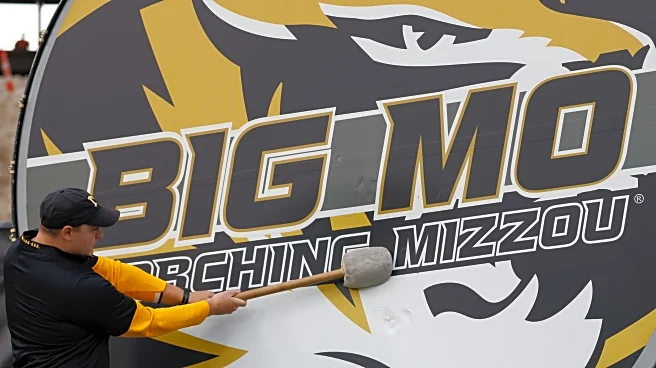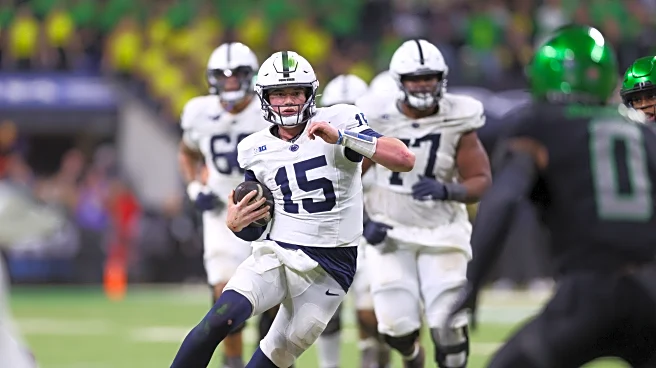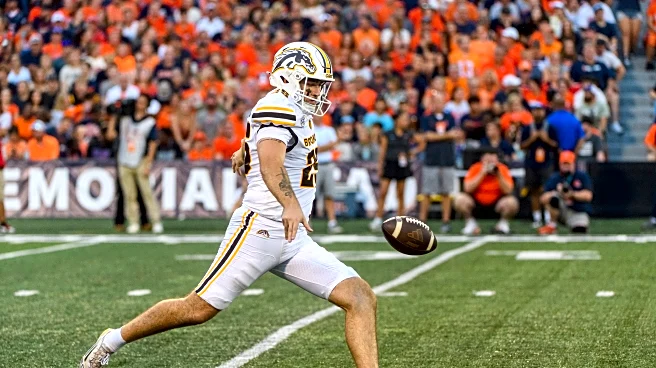A week after an off-the-grid experience that involved communication via carrier pigeon, we are back to prepare for Saturday’s inevitable super calm and peaceful struggle with LSU.
As head coaches of Ole Miss and LSU, respectively, Lane Kiffin and Brian Kelly’s teams have played each of the last three seasons with only one of those games being a normal blowout (2022 LSU win). In 2023, Ole Miss lived to tell the tale with a 55-49 win in one of the most electric atmospheres I’ve ever been in, though
the game reduced life expectancies in Mississippi and Louisiana by decades.
Last season, LSU didn’t have a lead until they completed a touchdown pass in overtime to walk it off 29-26. Again, very normal stuff. We love staring into the abyss at 10 o’clock in the PM.
Granted, 3 games is a small sample size, but if the insanity trend continues, we’re all in for another Saturday afternoon and evening of I would like to unsubscribe from this anxiety.
What we know
Defensive dashboard has a few orange lights on
Prior to the season, defensive coordinator Pete Golding said out loud in public that he did not expect a drop-off from last year’s front six to this year’s. It’s possible he ends up being right, but right now, the drop-off is OF NOTE.
Let’s compare stats and national rankings. You should also know the site linked below only tracks stats in games between FBS teams.
Opponent rushing yards/attempt
- 2024: 2.4 (1st)
- 2025: 5.1 (108th)
Sack percentage
- 2024: 10.61 percent (2nd)
- 2025: 3.17 percent (110th)
Ole Miss went from getting a sack on about 1 out of every 10 plays to 1 out of every 30. OF NOTE.
The front six is not generating enough negative plays, which means it’s more challenging for the defense to get off the field on third down. BEHOLD:
Opponent 3rd down conversion percentage
- 2024: 32.08 percent (13th)
- 2025: 37.93 percent (62nd)
Prior to the Tulane game, it was 46.51 percent, which is, uh, less than ideal. The positives are the current number isn’t terrible, and they’re only allowing 30 percent of 4th downs to be converted (19th). WE CAN BUILD ON THIS.
Oddly enough, the secondary, which was a major concern since the Gator Bowl ended, has been solid. They’re 15th in yards per pass attempt allowed (43rd last year), though they haven’t faced an elite quarterback. If Taylen Green was a little more accurate and hit at least two open receivers for scores, Ole Miss probably loses to Arkansas.
The point of all this being, the early returns could use, shall we say, a touch of improvement. How much this matters against an LSU offense with issues (more on that later!), we shall see, but they have to get better up front and generate more negative plays.
Offense, please continue being you
Whether Austin Simmons or Trinidad Chambliss is running the show, points abound. Simmons’ 4 turnovers in 8 quarters are unacceptable, but all of those weren’t entirely on him.
The offensive line, a perpetual source of angst under Lane Kiffin, and the run scheme changes have made the running game serviceable, which is all the Ole Miss offense needs. Obviously, it would be awesome to quite awesome if they could maul people up front and harvest souls with a brutal run game, but serviceable will get the job done.
Serviceable will prevent the offense from being entirely dependent on the quarterback making plays. So far, so good (AGGRESSIVE KNOCKING ON NEAREST WOODEN TABLE).
Ole Miss averages 5.1 yards/carry (29th), which is up from 4.4 last season (58th). LSU will be the best run defense they’ve played this season (9th at 2.3 yards/carry), but again, they don’t need 200 yards rushing. Just enough to let the quarterback breathe.
Matchup notes
Four games is not a great sample size from which to judge things, but it’s all we have to work with so far. Thanks to Parker Fleming of cfb-graphs.com, we can wade into the advanced stats matchup.
I could spend many, many, many more words than you will read here about these numbers, but for the sake of we all have things to do, let’s focus on the numbers in the green, orange, and blue boxes.

First, the green box.
Those numbers are LSU’s offensive success rates, which measure whether a play gained 50 percent of required yardage on 1st down, 70 percent on 2nd down, and 100 percent on 3rd/4th down. As you can see, LSU’s offense is bogged down by their inability to run the ball.
They get themselves in too many passing downs, which require the quarterback and receivers to bail them out. Sounds familiar!
Now, the orange box, which compares the LSU offense to the Ole Miss defense.
EPA measures how valuable each play is to scoring potential. Essentially, a 5-yard gain on 3rd and 10 is much less valuable than a 5-yard gain on 3rd and 4. One ends a drive, and the other keeps the drive going.
What the numbers in the orange box say is Ole Miss, despite their leaky run defense, is elite at making offenses put together long drives. LSU’s offense, despite not being able to run consistently, has some valuable runs, but this is an offense that has to grind to score (as also noted in their 123rd ranking in points/quality drive).
Finally, the blue box.
That’s Ole Miss’ defensive success rate. As the yards/carry stat above shows, they give up a lot of successful runs. That means we’ll see an offense that can’t run versus a defense that gets run on fairly well.
Jk, one more note
Let’s quickly touch on havoc rate, which is the percentage of plays a defense gets a tackle for loss/sack, turnover, or pass deflection. From the fine folks at Action Network, the havoc rankings matchup for Ole Miss and LSU.
Ole Miss offense havoc rate allowed ranking: 50th
LSU defense havoc rate ranking: 48th
Both groups are a little above average, but notably, the LSU defense is not terrorizing offenses. Well, except for Florida, who managed to throw them 5 interceptions.
LSU offense havoc rate allowed ranking: 101st
Ole Miss defense havoc rate ranking: 91st
That checks out! An offense that can’t run and grinds, and a defense that struggles to generate negative plays.
What we kinda know
QB1
All signs point to Trinidad Chambliss starting Saturday, but Lane Kiffin remains committed to being uncommitted in the name of LSU having to spend even one additional minute of preparation for the possibility of Austin Simmons taking snaps.
Chambliss was great in his two starts against Arkansas and Tulane and, as Kiffin repeatedly noted (WINK WINK), didn’t turn the ball over. He lacks the arm strength and size Simmons has, but he’s a dynamic runner, particularly in tight spaces, with great vision and quick feet.
As he showed in both starts, if you give him one-on-one coverage with no safety help on vertical routes, he’s going to give his receiver a chance on every throw. Whether this level of play is sustainable or it’s a heater of heaters, we’ll find out soon enough, but he’s been a gamer.
And a tip of the top hat to Kiffin and staff for finding him and convincing him to come to Ole Miss.
What we don’t know
Chambliss against better competition
I thought Arkansas’ defensive plan for Chambliss was spot on, but they found out they didn’t have the players to pull it off. They played a lot of Cover 1 and added numbers to the box to limit Ole Miss’ run game and dared Chambliss to beat them with vertical throws.
Limiting the run game worked (3 yards/carry on 40 attempts), but Chambliss repeatedly torched them with big passing plays. Is 11.9 yards per pass attempt good?
LSU will have better players than Arkansas. Plus, they have two full games of film on Chambliss, and I expect these coaches who sleep 3 hours a night will have a plan to once again see if his arm can beat them.
As you may be aware from living life in general, having a great plan and executing it are two different things. But the question remains can Chambliss keep it rolling as the level of competition increases?
Ole Miss secondary against better competition
No offense to the first 4 quarterbacks Ole Miss played, but Garret Nussmeier is a tier above them. His arm strength, accuracy, and ability to keep plays alive (you may recall 2024; not fun!) make him the first quarterback who could consistently torch this Ole Miss secondary.
He’s not going to kill Ole Miss with his running ability, as Taylen Green did, but he’s not going to miss the throws Green missed. Combine his arm with LSU’s receivers, and can the Ole Miss secondary stay sticky in coverage and at least make him throw into smaller windows? Can they be opportunistic and punish him for the mistakes he will make?
Landry Kiffin: Sleeper cell agent
[extreme TMZ old person voice]
She is allegedly dating LSU linebacker Whit Weeks and dropped the big news this week. For the record, Lane says to take the over this weekend.
And let me add, via the infamous tweet about celebrity gossip:
CURTAINS FOR ZOOSHA? K-SMOG AND BATBOY CAUGHT FLIPPING A GRUNT
